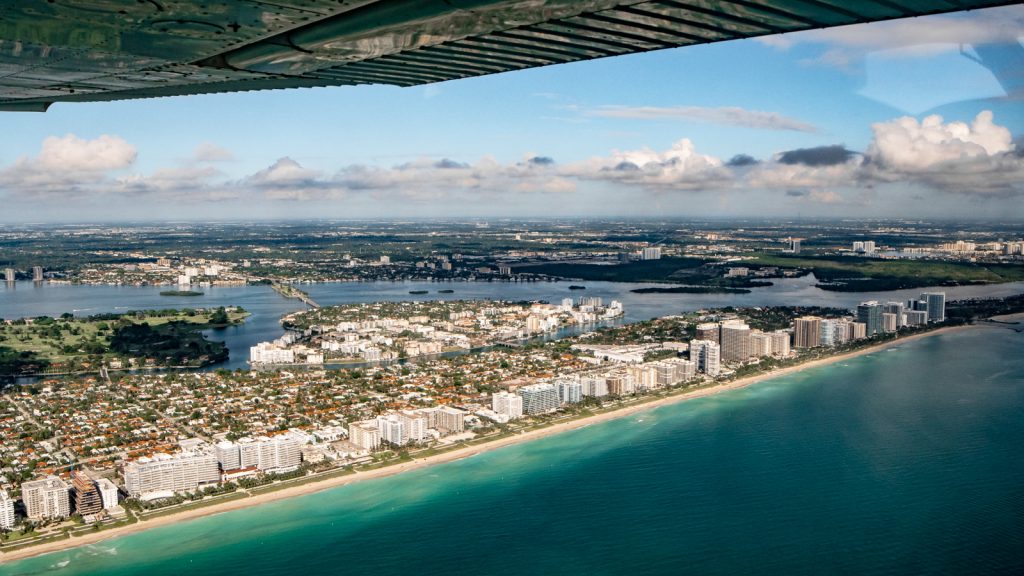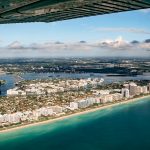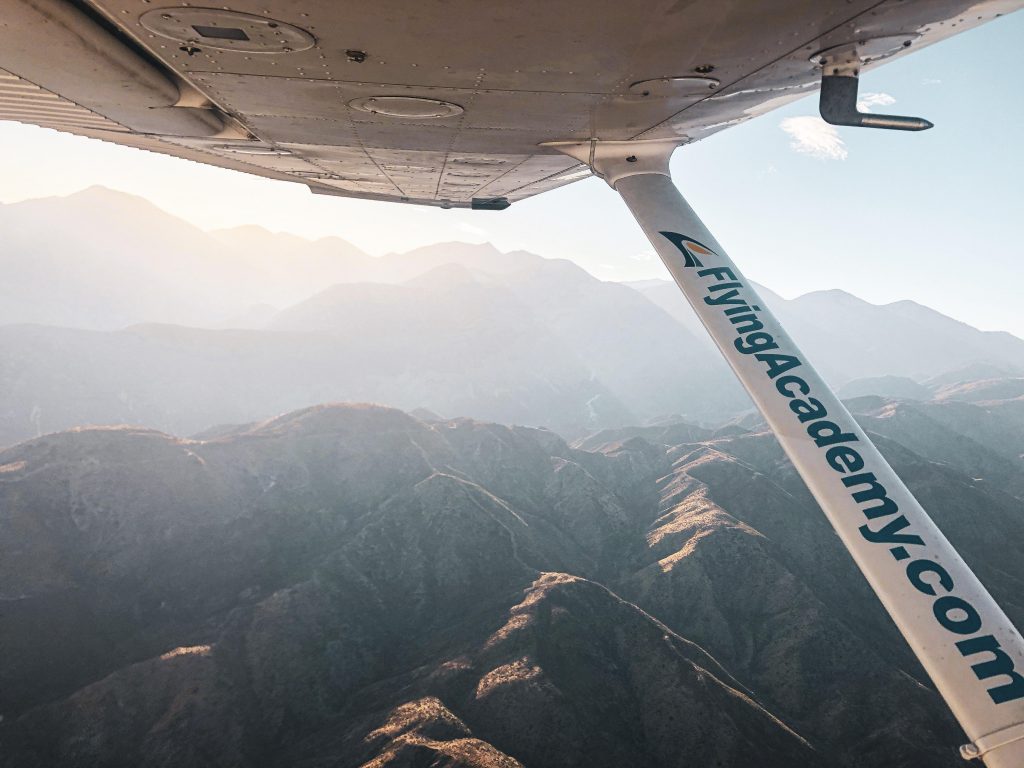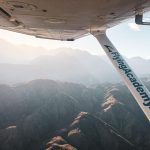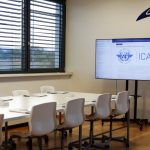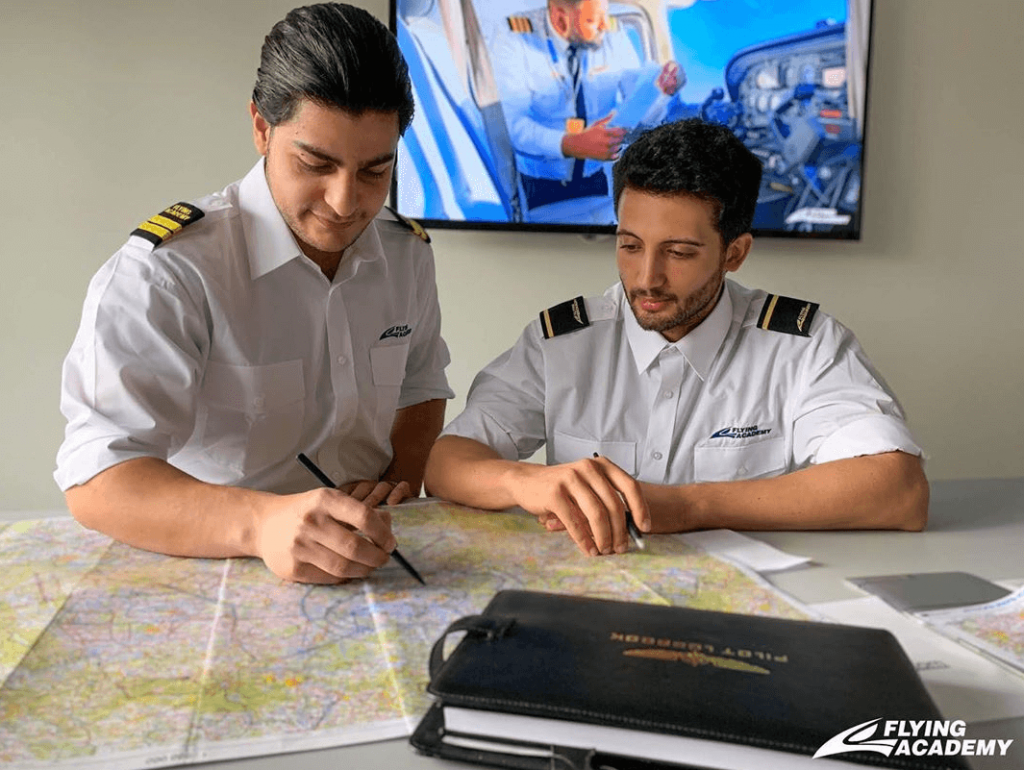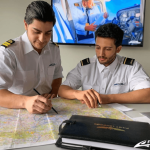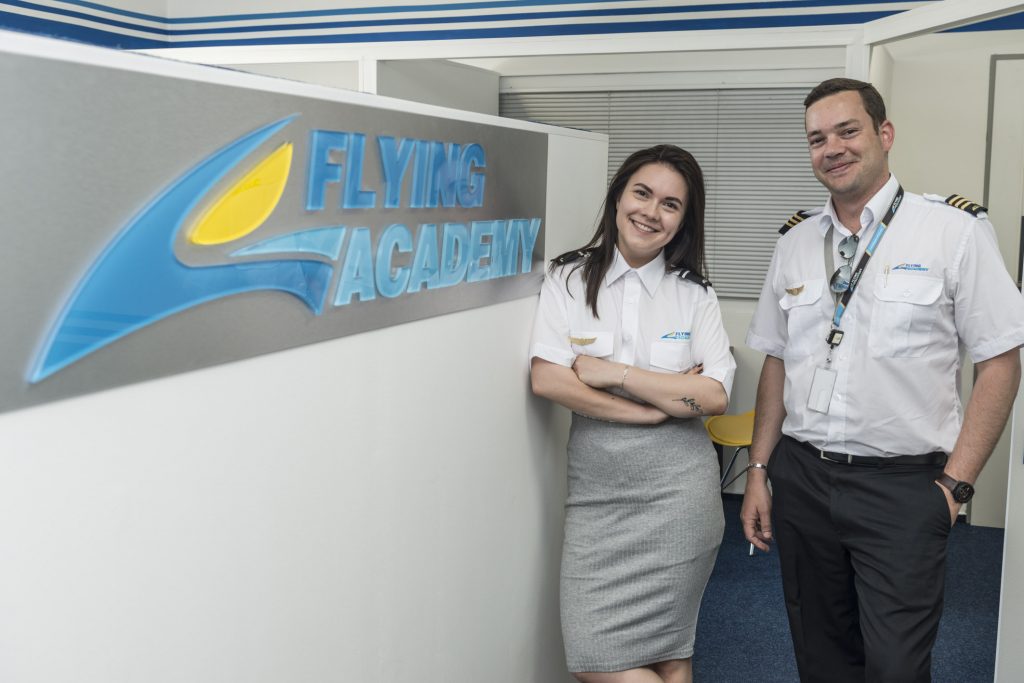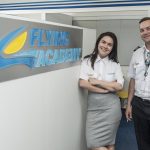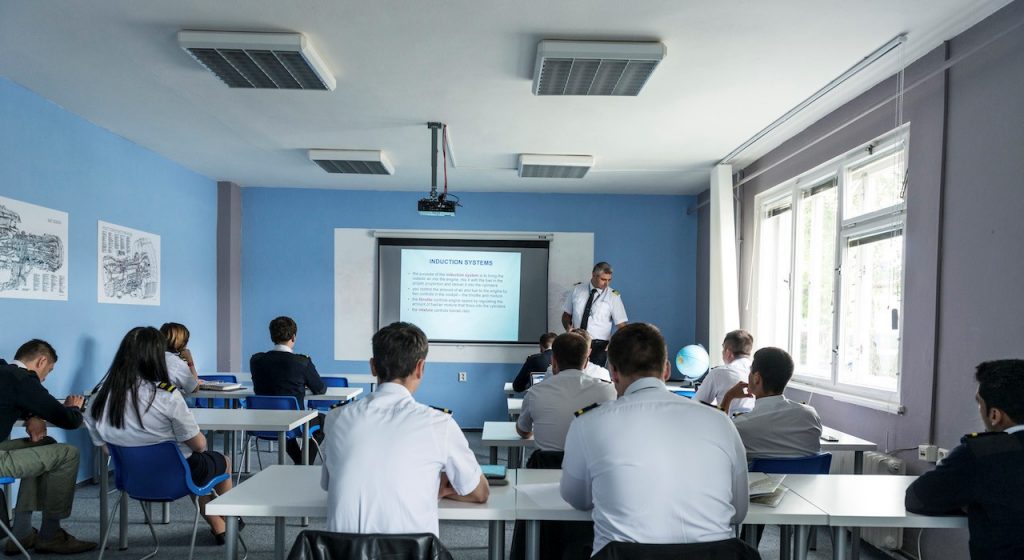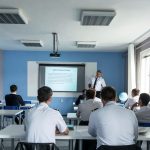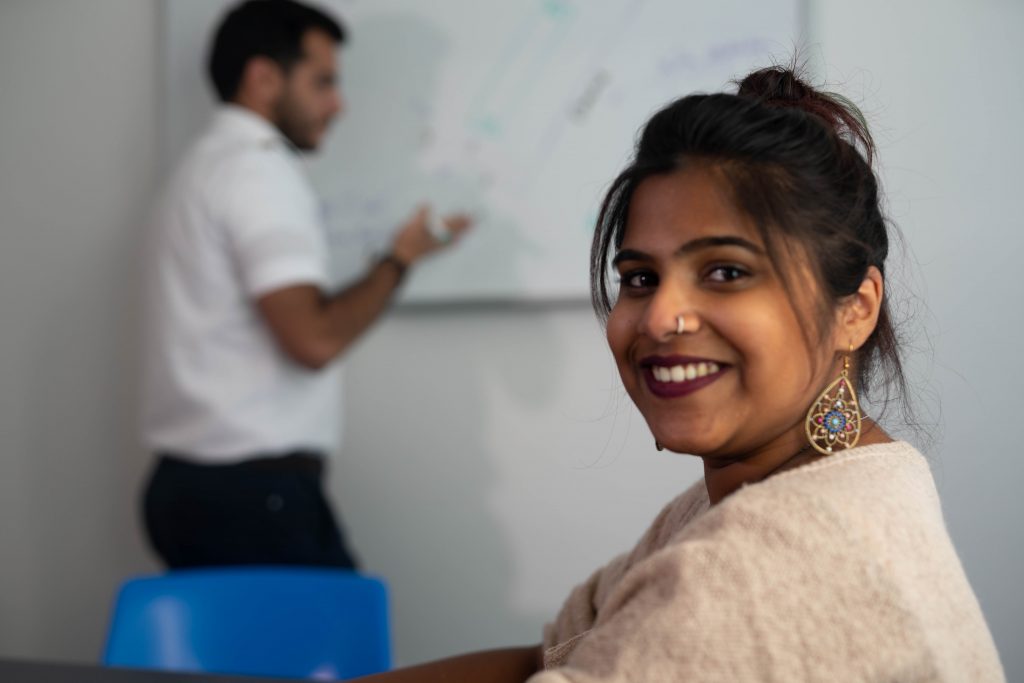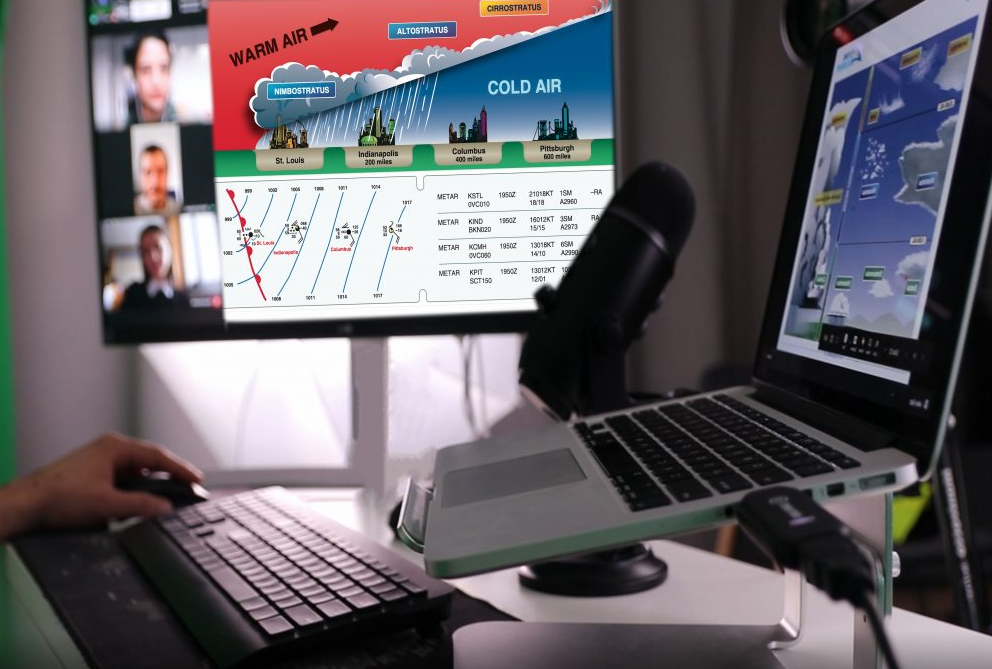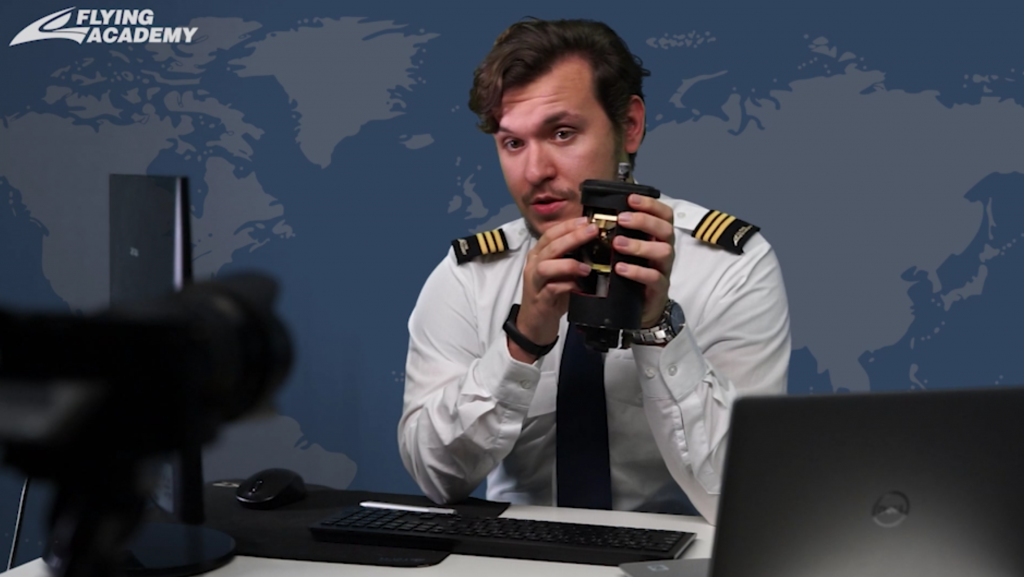
Overview
Of the Course
The EASA Commercial Pilot License is a qualification that permits the holder to act as the pilot of an aircraft for remuneration and act as co-pilot (First Officer) in commercial air transportation, as pilot-in-command, co-pilot of an airplane engaged in operations other than commercial air transportation or as pilot-in-command in commercial air transportation of any single-pilot airplane. The Commercial Pilot License training is usually one of the last steps in becoming a professional pilot.
CPL Ground Training
The theoretical training is provided in a form of several ground briefings to help you understand what will be expected of you in the following flight. You will familiarize yourself with the basic commercial operations and maneuvers, gain further knowledge necessary for obtaining a CPL (A) and become familiar with the handling of a complex airplane. Additionally, you will be able to attend the theoretical training from the comfort of your home with Flying Academy Worldwide Online Campus.
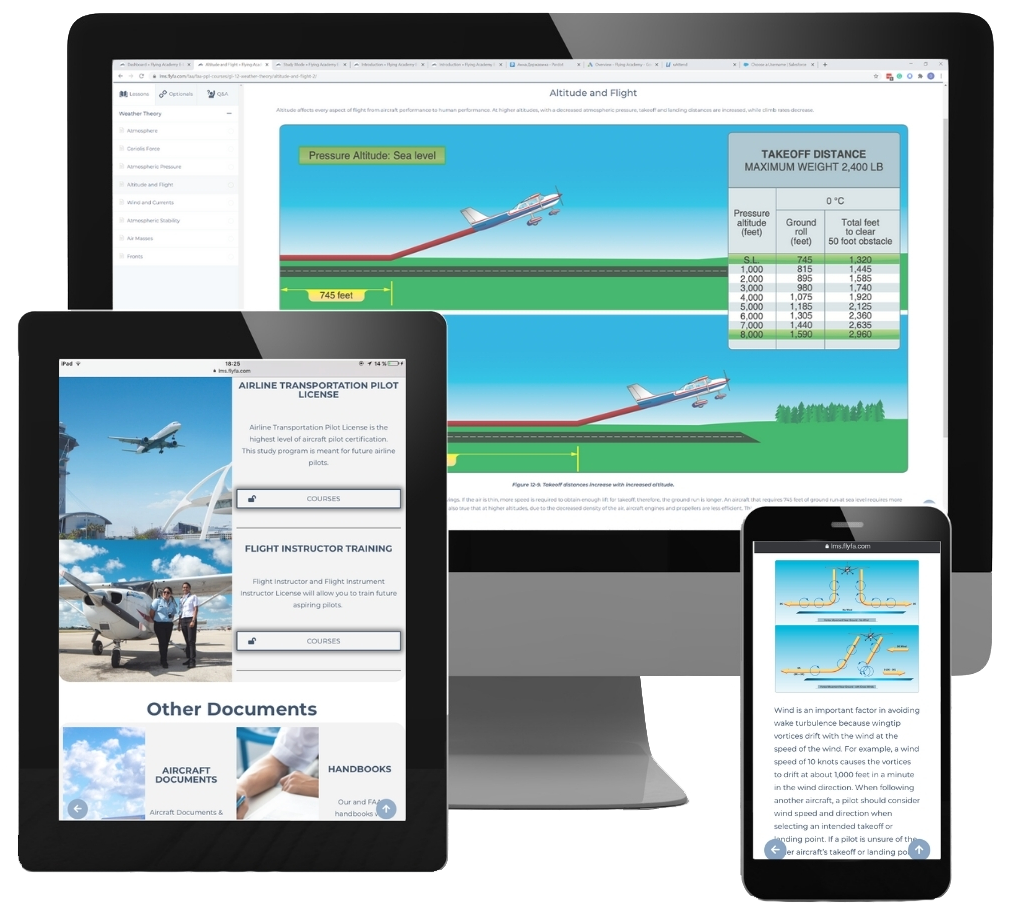
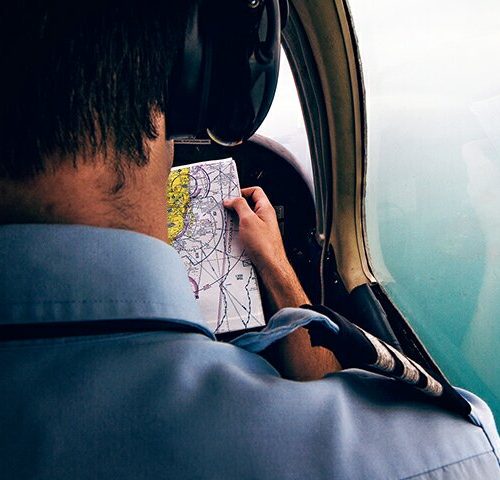
CPL Flight Training
For IR(A) rated pilots: 15 flight hours Dual, out of which 5 hours are on complex aircraft
For non-IR(A) rated pilots: 25 hours Dual, out of which 5 hours are on complex aircraft
At the end of the training, the trainee must have a minimum of 200 total flight hours (including PPL(A) time):
- 100 hours as pilot-in-command
- 10 hours of instrument training – Basic Instrument Flight Module (BIFM)
- 5 hours of night flying including one cross-country flight and 5 solo take-offs and 5 landings
- 5 hours on a complex airplane
- 20 hours of VFR cross-country flight time as pilot-in-command including a cross-country flight totaling at least 540 km (300 NM) in the course with landings at two aerodromes different from the aerodromes of departure
Requirements
Age
17 years of age & above
Medical
Valid Class I Medicals
Qualifications
Valid Foreign License or Applying in Flying Academy for the Pilot training

